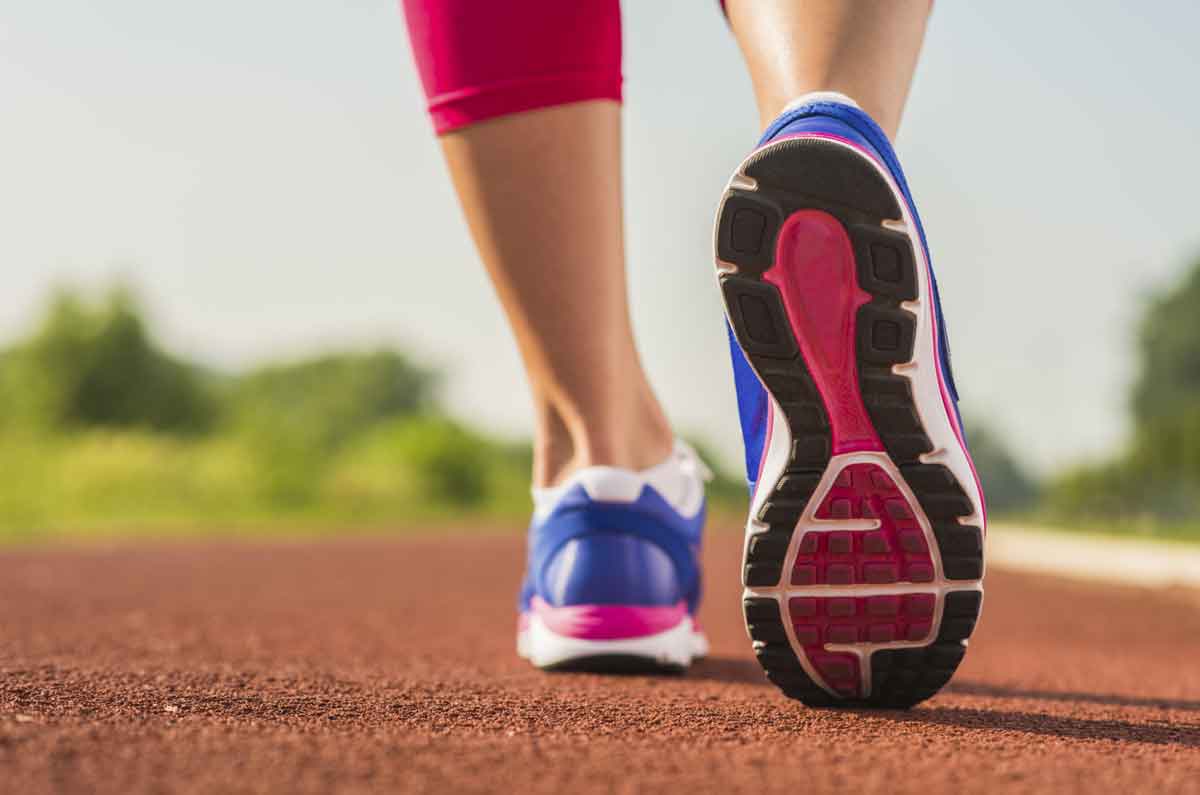We all know how much I love checking out everyone’s new training shoes so this weeks topic all all about why updating your shoes are so important for preventing injuries. Did you know that when you reach your 30’s, the arches of your feet begin to fall, making you prone to balance issues, loss of ankle strength and hip and/ or glute instability which can result in plantar fasciitis, tendonitis or stress fractures.
So with that in mind, doesn’t matter what activity you’re doing whether you’re walking, hiking, running, outdoor training or cross training in the gym – YOU NEED A GOOD PAIR OF SHOES! A new pair of shoes will cost you far less than an injury in the long run. So, in need of a few tips to consider?
- AGE. If you wear your shoes almost everyday for some sort of moderate activity,it is encouraged to replace them yearly. What I like to do is have a few different pairs for training (2-3), and rotate them around. This can extend the shoe life and forces your feet to adjust to different kinds of support. Shoes, (just like how our bodies adapt to exercise) adapt to footwear too!
- ACTIVITY. With your activity type – consider what, where, when and how. What type of activity are you doing? If you are doing low impact exercise like stationary weights, then you may be able to replace your shoes less frequently (2-3 years). But if you’re doing HIIT exercises and lots of bound and plyometric type workouts then you need to be replacing more frequently, just as much as your running shoes. Where do you workout? Outdoors or indoors? Shoes will take a heavier beating from the concrete and rocky trails than someone who is exercising indoors at a gym. How long and how often do you workout? If every workout is a 2 hour one and you workout everyday, then the cushion will wear a lot faster than someone who only works out for 30 min or someone that only trains x3 a week.
- TREAD WEAR. You must be inspecting the bottom of your shoes regularly for cracks and tread wear. If you own a newer pair of shoes, it’s easy to see wear by comparing the shoes. You may also notice you wear the tread harder in certain spots. For example if you are someone who supinates their foot (when your weight rolls onto the outer edges of your feet) to compensate for your hips, you would see your midsole will wear out first. Once you see that spot is worn on that shoe – then you know it’s time to replace your shoes!
- HOW THEY FEEL. If you start to notice abnormal pains or aches in your feet, legs, knees, hips or back after a workout it could be a sign that you need a new pair of shoes. It would be likely that you would get friction or blisters in odd places. This could mean the shoes have stretched and your feet are sliding. Your body will tell you when it’s time so it’s important to pay attention to the signs.

